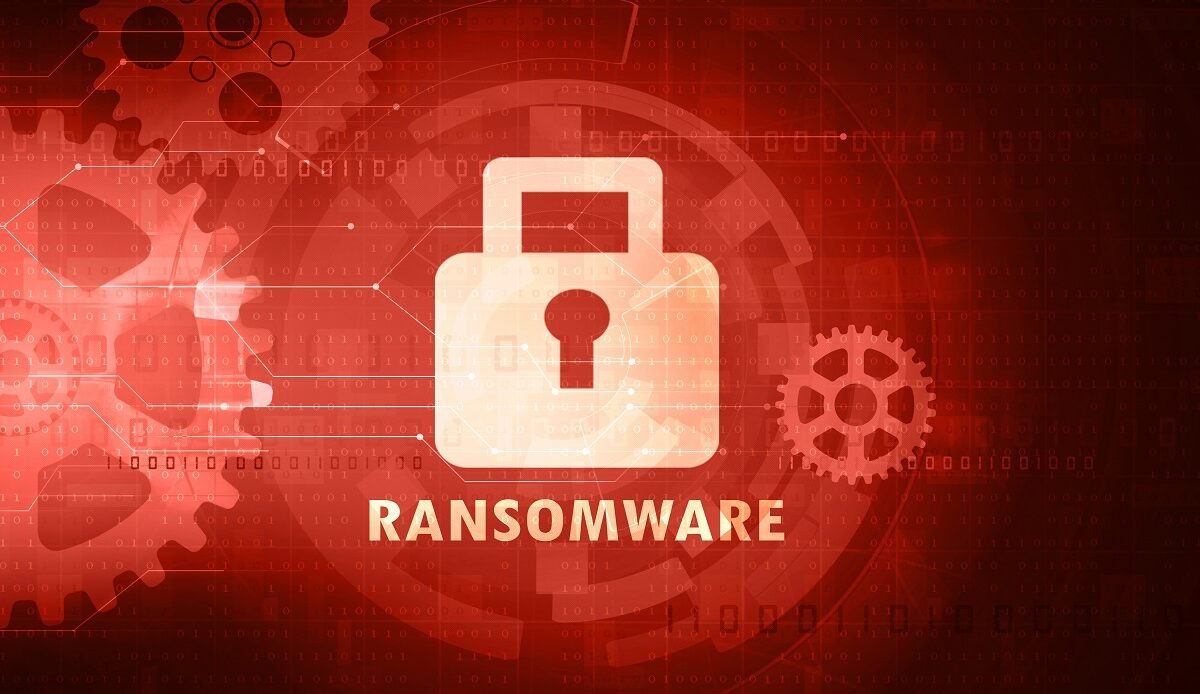The SafePay ransomware group has emerged as the orchestrator behind the recent cyberattack on Ingram Micro, publicly listing the company on its leak blog nearly a month after the initial breach. The group claims it will release 3.5 terabytes of sensitive company data if its demands are not met by August 1, indicating that Ingram Micro may have refused to negotiate or pay the ransom.
The attack follows the now-standard double extortion playbook, wherein attackers not only encrypt a victim’s data but also threaten to expose it to amplify pressure. SafePay’s blog post suggests Ingram Micro is now a hostage in the court of public opinion, even as the company maintains that it restored global operations.
Algoritha: The Most Trusted Name in BFSI Investigations and DFIR Services
Containment vs. Communication: Discrepancies Cloud Ingram Micro’s Public Narrative
While Ingram Micro announced a return to operational status on July 9, its public information page has seen no updates since, despite ongoing fallout. The official update reads like a victory lap: “Our teams continue to perform at a swift pace to serve and support our customers and vendor partners.” Yet, cyber experts and affected users have questioned this portrayal, pointing to incomplete website restorations, missing content, and a lack of transparent communication.
Industry sources speaking to The Register voiced frustration over unclear channels for updates, underscoring how poor incident response communication can undermine recovery efforts—even when technical containment succeeds. While the company thanks its partners for their “strong and committed relationships,” observers argue that trust is better maintained through consistent transparency rather than PR assurances.
Web Presence Still Wobbly: Signs of Ongoing Infrastructure Damage
Even as Ingram Micro claims a return to business as usual, parts of its digital infrastructure remain impaired. Cybersecurity analysts recently observed the restoration of some lesser-used subdomains, including the company’s Middle East, Turkey, and Africa (META) security portal, which had remained offline post-attack.
Though now back online, the META site still suffers from loading issues, unresolved subdomain errors, and outdated content—suggesting that while customer-facing functions may have resumed, full back-end remediation is far from complete.
This lag points to the broader challenge faced by multinationals after a cyberattack: restoring trust, not just systems. Ingram Micro’s delayed and uneven recovery reflects the complexity of ransomware response, where even weeks after an incident, digital scars remain—vulnerable to exploitation, public scrutiny, and reputational damage.


